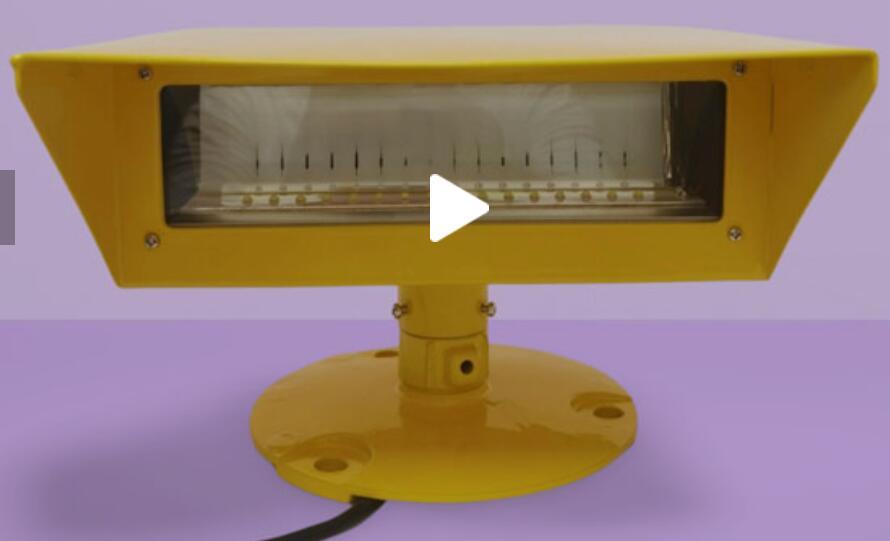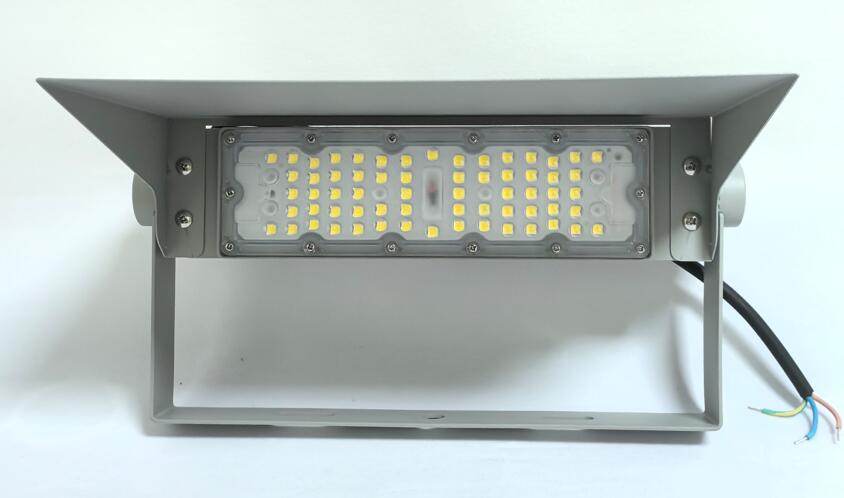Optimizing Night Operations with Heliport Flood Light Systems
Heliports play a crucial role in aviation, facilitating helicopter operations in various sectors, including emergency medical services, law enforcement, offshore transport, and private aviation. To ensure safe landings and takeoffs, proper illumination is essential, particularly during nighttime operations and adverse weather conditions. The heliport flood light system is a fundamental component in achieving optimal visibility and enhancing operational efficiency.
Understanding Heliport Flood Light Systems
A heliport flood light system consists of high-intensity lighting units strategically placed around a landing zone to provide clear illumination. Unlike standard lighting solutions, these floodlights are specifically designed to meet aviation safety standards, ensuring that pilots have an unobstructed and well-lit view of the heliport.

Heliport flood light systems typically incorporate LED technology, which offers superior brightness, energy efficiency, and longevity compared to traditional lighting solutions. These systems also feature weather-resistant enclosures to withstand harsh environmental conditions, making them suitable for outdoor installations.
Key Benefits of Heliport Flood Light Systems
1. Enhanced Visibility
Proper illumination provided by heliport flood light systems significantly improves visibility, reducing the risks associated with nighttime and low-visibility landings. Pilots can better assess their surroundings, obstacles, and landing approach.
| Helipad flood light |
| Helipad flood lights |
2. Increased Safety
The heliport flood light system plays a crucial role in preventing accidents by eliminating dark zones around the landing area. Adequate lighting ensures safe landings and takeoffs, minimizing risks posed by obstructions or poor depth perception.
3. Energy Efficiency and Sustainability
Modern heliport flood light systems utilize LED technology, which consumes significantly less power than traditional halogen or incandescent lighting. This not only reduces operational costs but also contributes to sustainability initiatives by lowering energy consumption.

4. Durability and Weather Resistance
Since heliports are often exposed to extreme weather conditions, flood light systems are designed with robust, weatherproof enclosures that resist water, dust, and corrosion. This ensures longevity and reliability even in harsh environments.
5. Compliance with Aviation Standards
Heliport flood light systems adhere to international aviation safety regulations, including ICAO (International Civil Aviation Organization) and FAA (Federal Aviation Administration) guidelines. This ensures standardized lighting conditions for safe and efficient operations.
Applications of Heliport Flood Light Systems
Emergency Medical Services (EMS) Heliports
Hospitals and trauma centers rely on helicopters for rapid patient transport. A well-illuminated heliport is essential for emergency landings, ensuring medical teams can operate safely and efficiently in critical situations.
Offshore Oil and Gas Platforms
Helicopters play a vital role in transporting personnel and supplies to offshore rigs. Given the challenging conditions at sea, heliport flood light systems are necessary to ensure safe landings on moving platforms under various weather conditions.
Law Enforcement and Military Operations
Police and military helicopters often conduct operations at night or in low-visibility conditions. Heliport flood light systems provide essential illumination, supporting security, surveillance, and tactical missions.
Private and Commercial Aviation
Corporate and private heliports benefit from flood light systems by ensuring safe and efficient night operations. High-quality lighting enhances the pilot’s ability to navigate and execute precise landings.
Technological Advancements in Heliport Flood Light Systems
As lighting technology evolves, heliport flood light systems continue to improve, offering enhanced performance and new features such as:
Smart Control Systems: Advanced flood lights now feature remote-control capabilities, allowing operators to adjust brightness levels and optimize power usage based on operational needs.
Solar-Powered Options: Sustainable solar-powered heliport flood lights reduce dependency on traditional power sources, making them ideal for remote or temporary landing sites.
Adaptive Lighting Technologies: Some systems incorporate sensors that adjust lighting intensity based on weather conditions, ambient light, and approaching aircraft, ensuring optimal visibility at all times.
Future Trends and Considerations
The future of heliport flood light systems is focused on further improving efficiency, automation, and environmental sustainability. As aviation technology advances, heliport lighting will integrate with smart air traffic management systems, enhancing safety and coordination. Additionally, the use of eco-friendly materials and solar integration will drive the industry toward greener aviation solutions.
Heliport flood light systems are an indispensable component of helicopter operations, ensuring safety, visibility, and compliance with aviation standards. Whether in emergency services, offshore transport, law enforcement, or private aviation, these lighting systems provide the necessary illumination for safe and efficient operations. With ongoing technological advancements, heliport flood lights will continue to evolve, supporting the ever-growing demands of the aviation industry.
